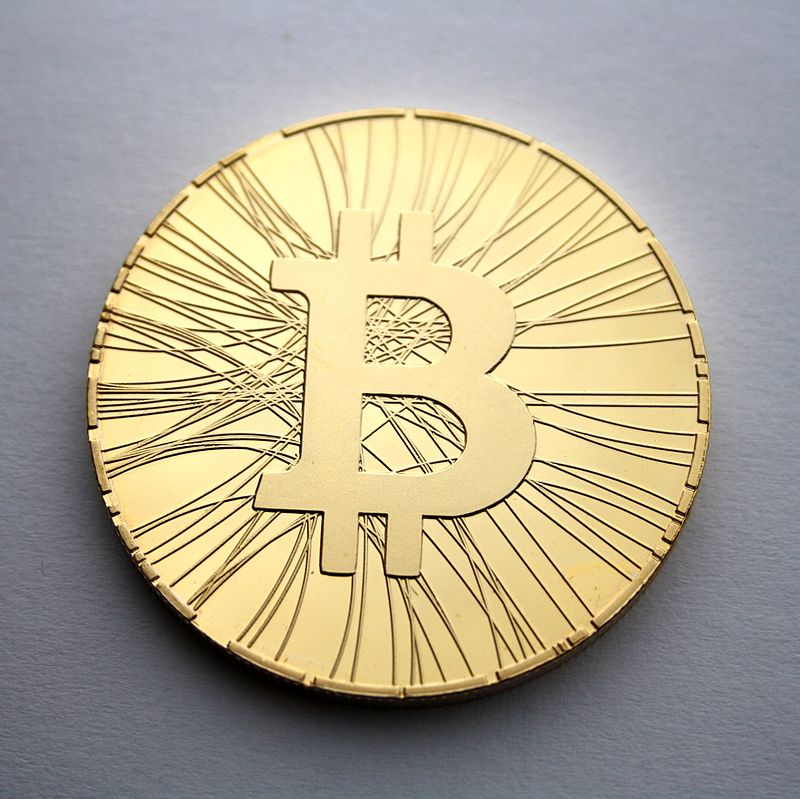On Monday, the automaker Tesla Inc. announced that it had acquired $1.5 billion in Bitcoin and may accept the cryptocurrency as a form of payment in the near future. The business intelligence software company MicroStrategy began purchasing large amounts of Bitcoin last August. The payment company Square made a smaller but still substantial $50 million Bitcoin acquisition in last October. What is behind this trend of large institutional investments in Bitcoin, and what does it tell us about the state of the economy?
Square’s acquisition of Bitcoin is perhaps the easiest to understand. CNBC reported:
Square founder and CEO, Jack Dorsey, is an advocate of the digital currency, saying in 2018 the cryptocurrency will eventually become the world’s “single currency.” However the founder of Twitter said it could take a long as a decade.
Using it or another cryptocurrency as a global currency would lower the barrier for Dorsey’s payments company to enter new markets, he said in 2018.
Square is a payment company that sees promise in Bitcoin’s future as a method of payment. Square’s payment application, Cash App, began allowing users to buy, sell, and transfer Bitcoin in 2018. The company’s Bitcoin purchase came after its investment in technology supporting Bitcoin users.
MicroStrategy acquired Bitcoin for a more roundabout set of reasons, as CEO Michael Saylor explained: “This investment reflects our belief that Bitcoin, as the world’s most widely-adopted cryptocurrency, is a dependable store of value and an attractive investment asset with more long-term appreciation potential than holding cash.”
MicroStrategy, unlike Square, is not motivated by the prospects of Bitcoin as a method of payment so much as a store of value. It sees Bitcoin as a reserve asset – an alternative to cash, treasury bonds, or other traditional reserve assets.
Last week, Microstrategy hosted a conference titled “Bitcoin for Corporations,” arguing that other corporations should invest in Bitcoin as a reserve asset and detailing exactly how corporations could go about doing so. The first session, “Bitcoin Macro Strategy with Michael Saylor and Ross Stevens,” is an illuminating discussion of the contemporary macroeconomic environment, which features a seemingly ever-increasing expansion of the money supply, interest rates approaching zero, and inflation in the price of equities like stocks and real estate. It is well worth your time.
It is important to remember that all prices are relative prices. Saylor and Stevens make the case that the price of Bitcoin, relative to the price of dollars and the future returns of bonds, is an excellent value. At a time when real estate, equities, and the money supply itself are rapidly inflating, both corporations and individuals are looking for alternative stores of value outside a monetary system that is fundamentally unjust.
Parker Lewis, the head of business development at Unchained Capital, has outlined the consequences of the current, unjust monetary system in his brilliant essay, “Bitcoin is the Great Definancialization.” In a world of endless inflation, equity savers must become equity investors:
Many now associate the activity with savings but in reality, financialization has turned retirement savers into perpetual risk-takers and the consequence is that financial investing has become a second full-time job for many, if not most.
Financialization has been so errantly normalized that the lines between saving (not taking risk) and investing (taking risk) have become blurred to the extent that most people think of the two activities as being one in the same. Believing that financial engineering is a necessary path to a happy retirement might lack common sense, but it is the conventional wisdom. …
The demand function is perversely driven by central banks devaluing money to induce such investments. An over financialized economy is the logical conclusion of monetary inflation, and it has induced perpetual risk taking while disincentivizing savings. A system which disincentivizes saving and forces people into a position of risk taking creates instability, and it is neither productive nor sustainable. It should be obvious to even the untrained eye, but the overarching force driving the trend toward financialization and financial engineering more broadly is the broken incentive structure of the monetary medium which underpins all economic activity.
At a fundamental level, there is nothing inherently wrong with joint-stock companies, bond offerings, or any pooled investment vehicle for that matter. While individual investment vehicles may be structurally flawed, there can be (and often is) value created through pooled investment vehicles and capital allocation functions. Pooled risk isn’t the issue, nor is the existence of financial assets. Instead, the fundamental problem is the degree to which the economy has become financialized, and that it is increasingly an unintended consequence of otherwise rational responses to a broken and manipulated monetary structure.
The more leveraged in equities everyone becomes as the result of perverse incentives, the more the current policy trajectory of unjust money becomes entrenched. The more entrenched it becomes, the more fragile and unstable the financial system as a whole becomes. When the financial system becomes so alienated from the underlying economy which it ostensibly serves, the information it relays in the form of prices becomes not just irrelevant, but destructive, as malinvestment, corruption, and waste become endemic.
Lewis argues that Bitcoin provides a sort of off-ramp to this disastrous future:
The primary incentive to save Bitcoin is that it represents an immutable right to own a fixed percentage of all the world’s money indefinitely. There is no central bank to arbitrarily increase the supply of the currency and debase savings. By programming a set of rules that no human can alter, Bitcoin will be the catalyst that causes the trend toward financialization to reverse course. The extent to which economies all over the world have become financialized is a direct result of misaligned monetary incentives, and Bitcoin reintroduces the proper incentives to promote savings. More directly, the devaluation of monetary savings has been the principal driver of financialization, full stop. When the dynamic that created this phenomenon is corrected, it should be no surprise that the reverse set of operations will naturally course correct.
Paul encourages us to “avoid foolish controversies and genealogies, and arguments and quarrels about the Law, because these are unprofitable and useless” (Titus 3:9), as they detract from our charge to do what is good. Perhaps the same should be said for monetary policy debates.
Bitcoin is an entrepreneurial innovation, a private-sector solution to the public-sector failure to provide just money. Through establishing an alternative monetary policy, it has done more than offer a critique; it has created an alternative.
Tesla’s massive acquisition of $1.5 billion in Bitcoin, seen in this light, is not merely a balance sheet eccentricity or a strategy to preserve value, but a way forward for both business and individuals to participate in the monetary reform which our political institutions seem incapable of delivering.

